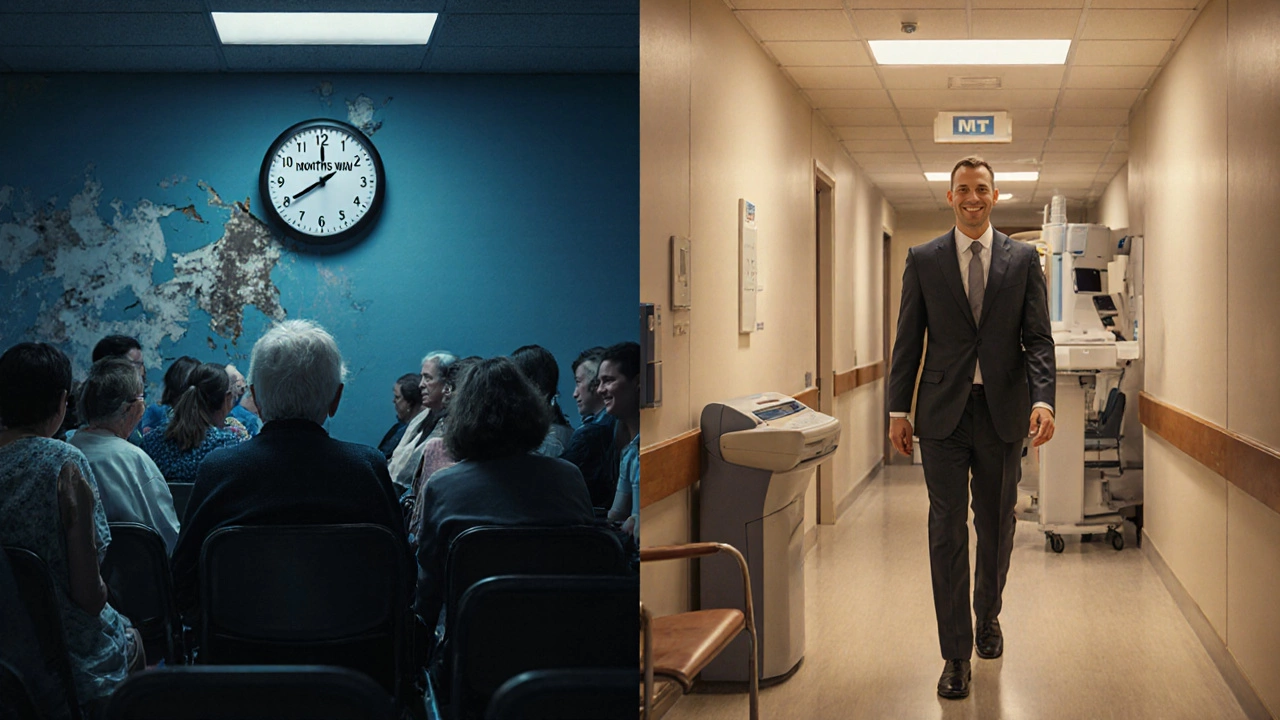Healthcare Inequality: Why It Matters & What You Can Do
Ever wondered why two people with the same condition get totally different care? That’s the reality of healthcare inequality – a mix of waiting lists, money, and geography that decides who gets fast treatment and who waits months.
In the UK, the NHS promises free care for everyone, but long waiting lists tell a different story. Articles like NHS Waiting Lists: What You Need To Know in 2025 show that delays aren’t just inconvenience; they can turn treatable illnesses into chronic problems. When a surgery is postponed, pain grows, work is lost, and mental health suffers.
Why Private Insurance Feels Like a Shortcut
Private health insurance is marketed as a fast‑track, but it also deepens the divide. Pieces such as Private Healthcare vs NHS: Which Is Better for UK Patients? explain that those who can afford private cover often skip the backlog, getting earlier scans, surgeries, and specialist follow‑ups.
In England, monthly private insurance premiums in 2025 hover around £70‑£150, depending on age and coverage. That sounds doable for some, but for many families it’s a huge expense that forces a choice between paying rent or paying for health.
Who Gets Left Behind?
Geography matters too. Rural clinics often lack specialist services, so patients travel farther or wait longer. Meanwhile, immigrants and tourists face another layer of confusion. The piece Do Foreigners Get Free Healthcare in the UK? makes it clear that visitors can be billed for treatment unless they meet specific residency rules.
These gaps aren’t just numbers; they affect real lives. A delayed hip replacement can mean months of limited mobility, increasing fall risk for older adults. A missed cancer screening because of a long wait can turn a curable case into a terminal one.
So, what can you do right now?
- Know your rights. If you’re on an NHS list, ask for the exact expected wait time and whether you qualify for fast‑track pathways (e.g., cancer or emergency categories).
- Shop smart on insurance. Compare plans, check if they cover the procedures you need, and use tools like What Is the Most Accurate Symptom Checker? to avoid unnecessary doctor visits.
- Use community resources. Charities often help with transport to specialist appointments or provide financial assistance for private scans when NHS delays become critical.
- Stay proactive. Keep a health diary, track symptoms, and follow up regularly. Early detection can bypass many waiting‑list pitfalls.
Addressing healthcare inequality starts with awareness. By understanding how waiting lists, private insurance, and policy rules shape your care, you can make smarter choices and push for a fairer system.
Why is private healthcare unfair?
Private healthcare isn't about choice-it's about who can afford to jump the line. Those with money get faster care. Those without wait, sometimes with deadly consequences. This is how inequality becomes medical policy.
Why Privatized Healthcare Fails: Hidden Costs and Broken Promises
Privatized healthcare might sound efficient at first, but the reality isn't so bright. This article digs into the downsides of profit-driven medicine—skyrocketing costs, trouble getting care, and dangerous gaps in coverage. You’ll see how privatized healthcare stacks up against public systems, using data, stories, and plain facts. Explore what really happens to patients, families, and whole communities when healthcare is left to the free market.


